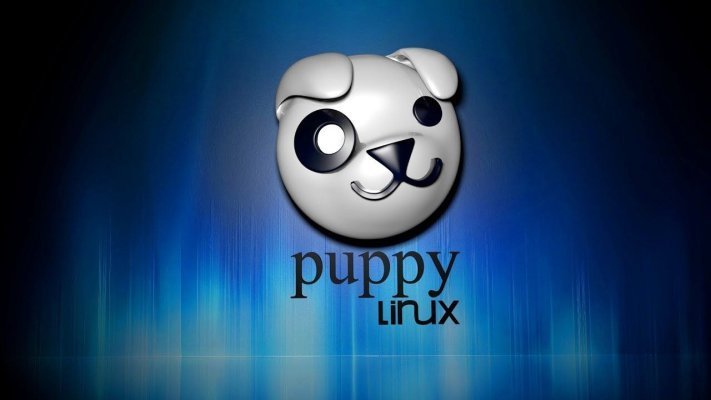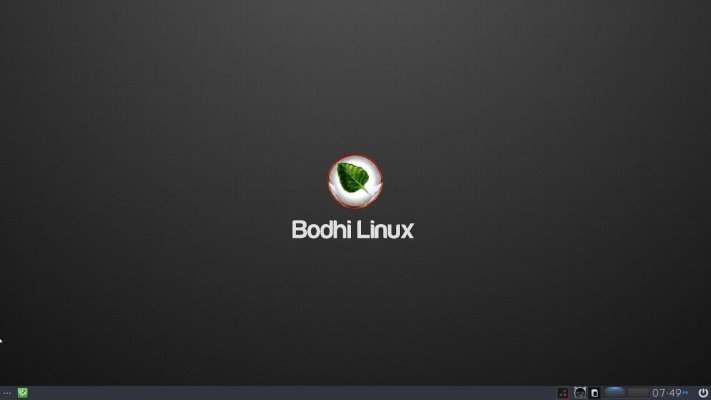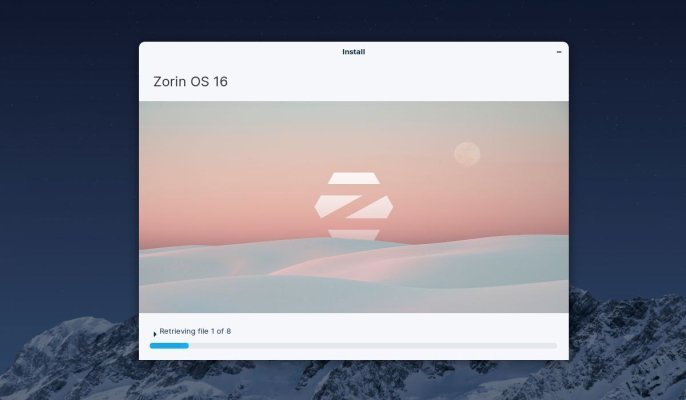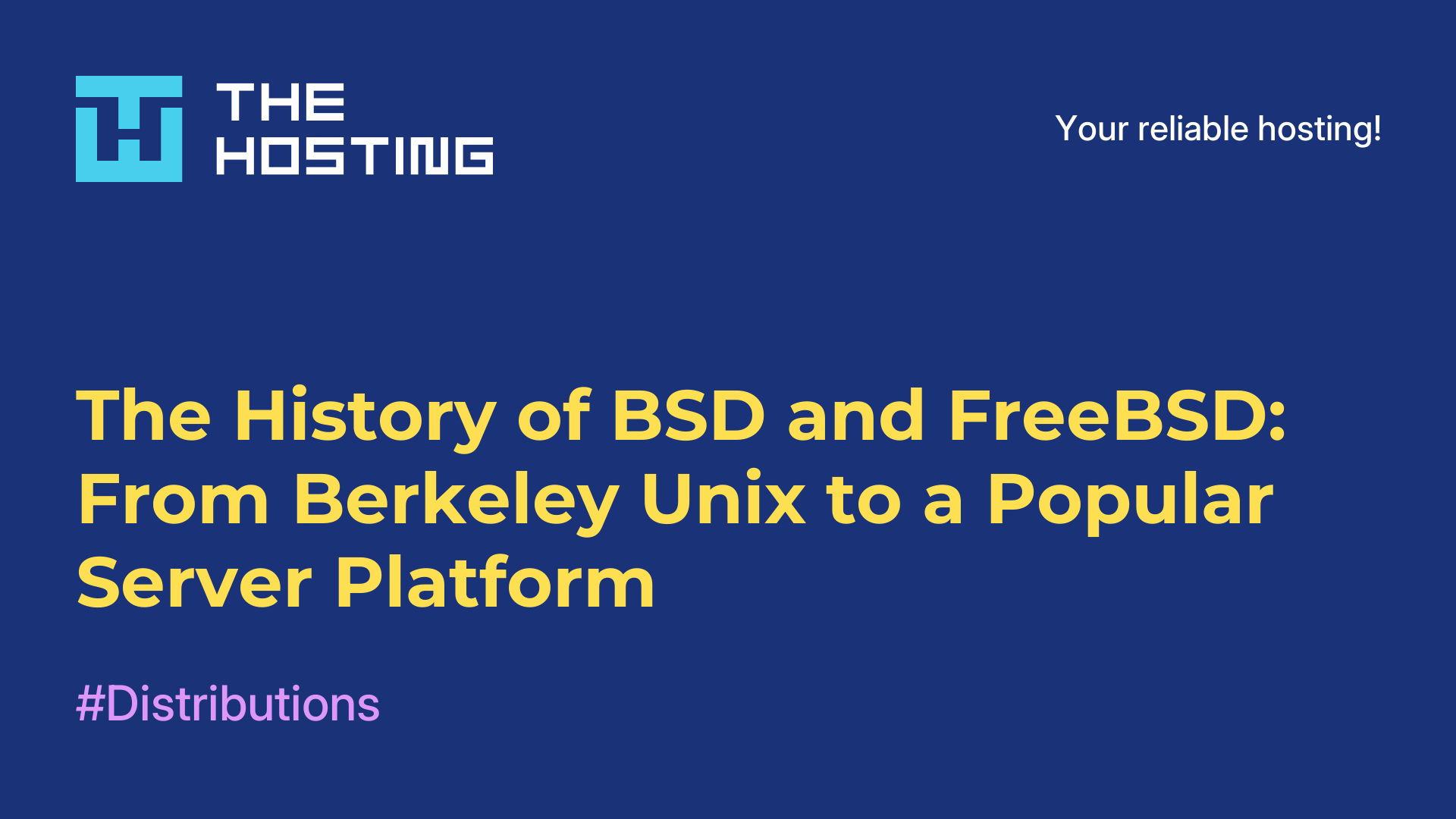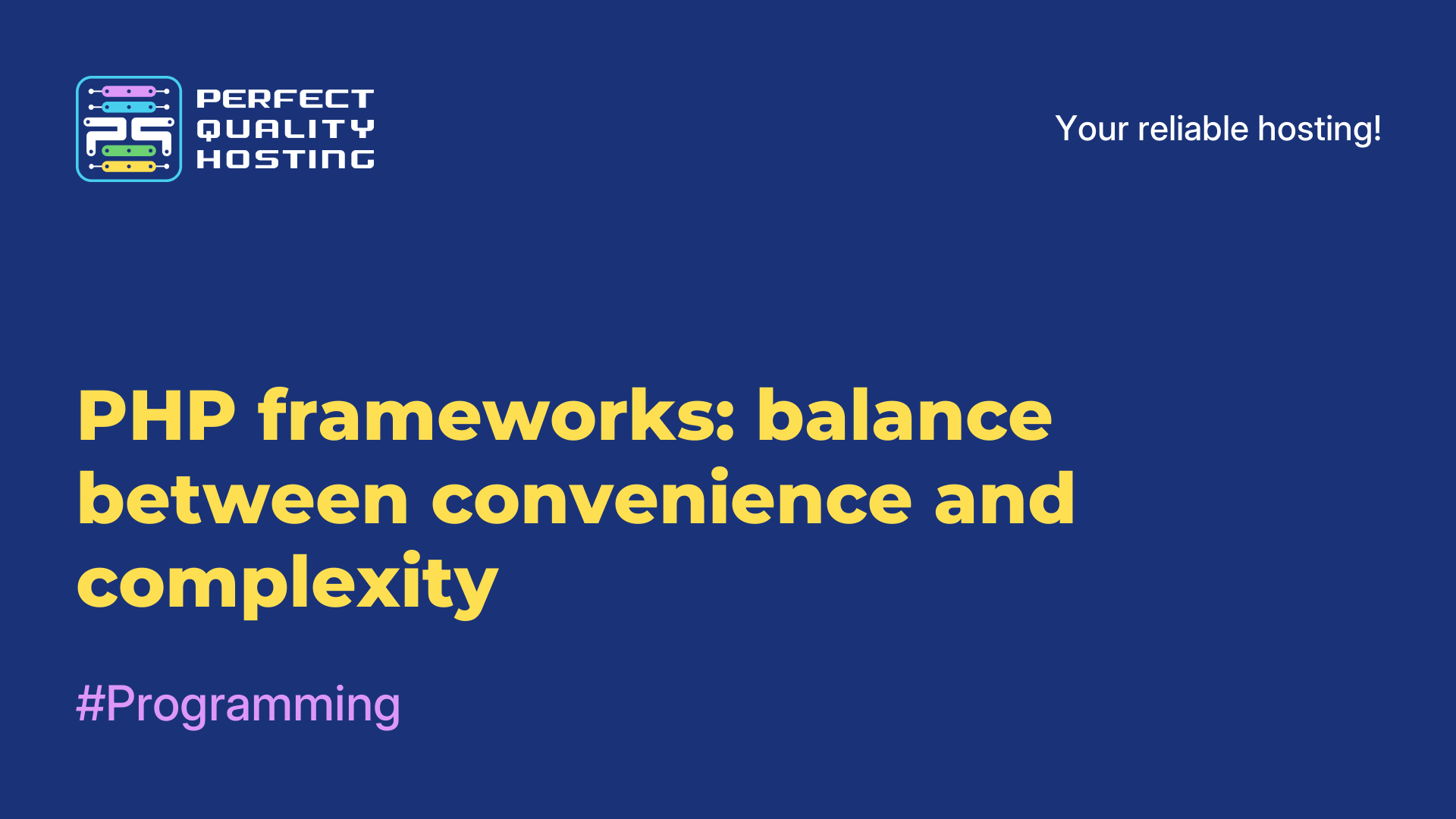The second life of an old computer: eight lightweight Linux distributions
- Main
- Knowledge base
- The second life of an old computer: eight lightweight Linux distributions
Is your old computer gathering dust in the corner? Don't be in a hurry to scrap it! Even outdated hardware can get a second life thanks to lightweight Linux distributions. These operating systems are specially optimized to work on machines with limited resources, allowing you to use your old PC for surfing the Internet, working with documents and other everyday tasks.
In this article we'll take a look at 8 popular lightweight Linux distributions suitable for legacy hardware, highlighting some of them in detail.
Puppy Linux
One of the lightest and most popular distributions for legacy hardware. Its minimum system requirements allow it to run even on PCs from the 1990s. Puppy Linux is incredibly easy to install - download the image, run the installer and follow the simple instructions. It comes standard with a basic set of programs: text editor AbiWord, a simple web browser, spreadsheet Gnumeric, and a package manager. Despite its minimalism, Puppy Linux is quite customizable and portable. The main disadvantage is the limited selection of pre-installed software, which requires additional customization and installation of the necessary programs.
Lubuntu
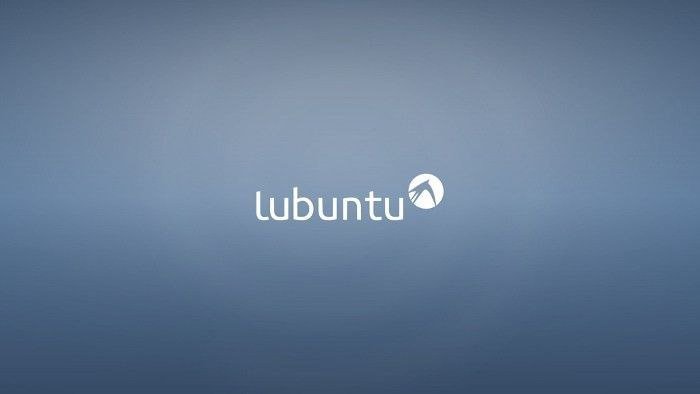
A light version of the popular Ubuntu, designed specifically for older computers. The main advantage of Lubuntu is its speed and low resource consumption. Starting the system, opening applications and working in general is much faster than in the case of more "heavy" distributions. This is achieved by using LXDE, which has a minimalistic design and optimized components.
Together with Lubuntu you get a set of pre-installed software, sufficient for most everyday tasks. It includes:
- Word processor: for working with documents.
- Web browser: for surfing the web.
- Media player: for playing audio and video files.
- Graphic Editor: For basic image processing.
- Webcam utilities: for video calls and video recording.
The minimum system requirements of Lubuntu are impressively modest: 1 GB RAM, PentiumM, Pentium 4, AMDK8 or similar processor.
This means that Lubuntu can revitalize older computers that have been gathering dust on the shelf for a while. However, even on powerful modern hardware, Lubuntu will run smoothly and quickly thanks to its optimized architecture.
Bodhi Linux
What makes Bodhi Linux so attractive to owners of outdated hardware? The answer lies in its minimalistic approach and high degree of customizability. At the heart of Bodhi is the Moksha environment, a lightweight and elegant window manager that allows you to customize your system literally down to the smallest detail.Want to change keyboard shortcuts? Easy.Need a new theme? No problem. Moksha provides the widest customization possibilities, allowing you to adapt the interface to any preference and comfort level.
But Bodhi's ease of use is not just limited to its user-friendly and flexible interface. The distribution is characterized by extremely low system requirements. For comfortable work it is enough to have only 256 MB of RAM, 500 MHz processor and 5 GB of free disk space. These characteristics allow Bodhi Linux to start and work stably even on computers that are considered archaic by modern standards. This makes it ideal for revitalizing old laptops, nettops or desktops that have been gathering dust on the shelf for a long time.
Zorin OS Lite
A Windows-oriented distribution with an intuitive interface and lightweight XFCE desktop environment, perfect for those who want to switch to Linux but don't want to sacrifice convenience.
LXLE (Lightweight X11 Environment)
This is a Linux distribution based on Lubuntu. It offers a minimalistic and elegant LXDE desktop that is great for older hardware. LXLE is characterized by high performance and low system requirements. Its lightweight nature makes it fast to boot and run on even the weakest computers.
Xubuntu
This is another popular Linux distribution based on Ubuntu. It uses the lightweight and fast XFCE desktop environment, which offers a wider range of features than LXDE. Xubuntu is ideal for users who not only want high performance but also ease of use.
Peppermint
This is a unique Linux distribution that emphasizes the use of web applications. It offers a lightweight and fast desktop environment, as well as an integrated web browser that allows you to run most web applications directly from the desktop. Thanks to this,
Peppermint allows you to significantly reduce the load on your system:
- Minimum system requirements: 512 MB of RAM is enough for comfortable operation. This allows you to install the system even on outdated computers with Core 2 Duo or Pentium 4 processors
- Using LXDE, Peppermint provides a smooth interface and application experience
- Store your data in the cloud and access it from any device.
- The intuitive interface and easy installation make Peppermint accessible even to novice users
- Peppermint is free of charge, which allows you to try it without any financial risks.
AntiX
Designed with user-friendliness in mind. Unlike many distributions, AntiX installation is simple and intuitive. Even beginners can easily go through the installation process, thanks to its clear interface and step-by-step instructions. This makes AntiX accessible to a wide audience, including those who have never worked with Linux before.
Despite its minimalistic interface, AntiX offers a wide range of tools for work and play. It loads in seconds and provides fast application performance. Users can customize the system to their needs by selecting the necessary components.
Conclusion
Choosing a distribution depends on your specific needs and preferences. If you need the lightest and fastest distribution possible, LXLE is a great choice. If you prefer a more functional and user-friendly interface, then Xubuntu is the way to go. And if you want to try something new and interesting, Peppermint might be your perfect solution.
LXLE, Xubuntu and Peppermint are great options for those who want to give new life to their old computer. Each of these distributions has its own unique features and benefits. Choose the one that best suits your needs and preferences.


